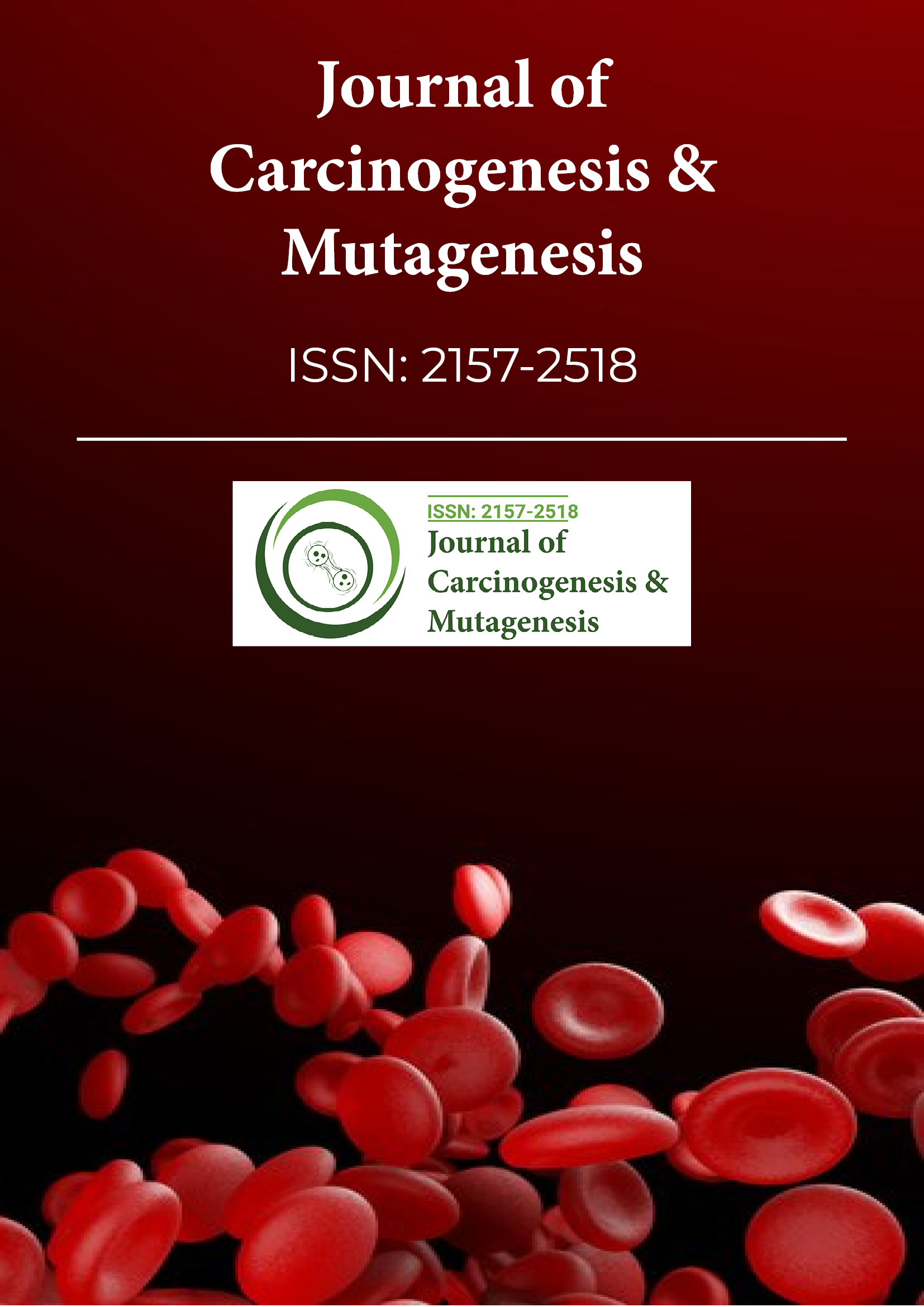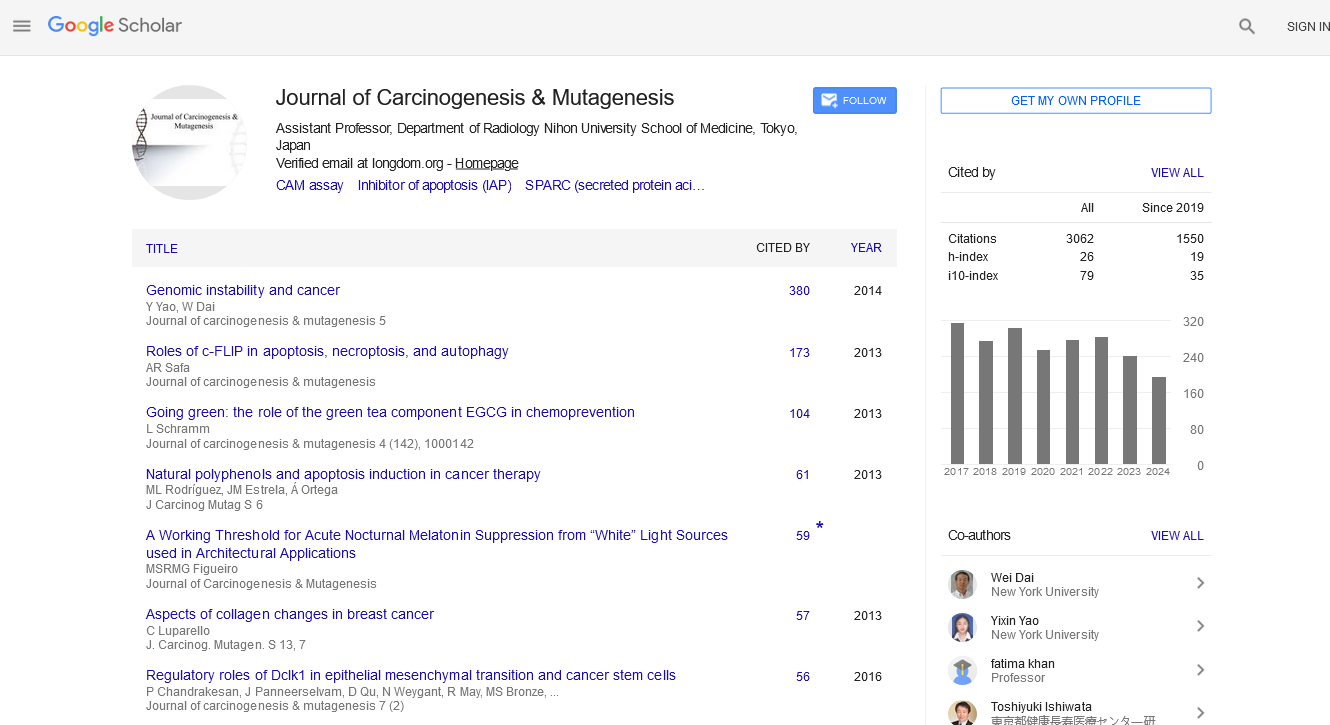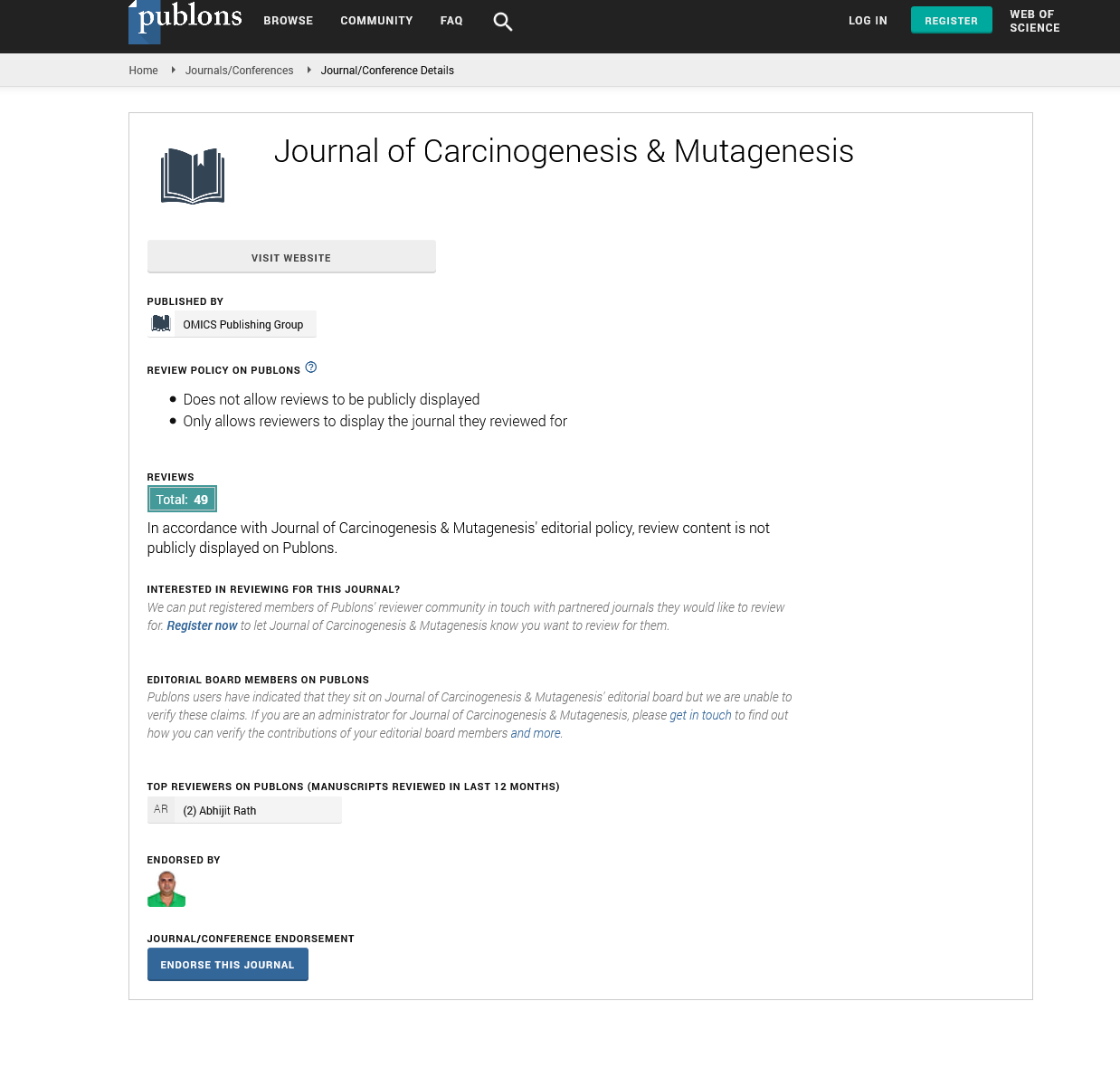Indexed In
- Open J Gate
- Genamics JournalSeek
- JournalTOCs
- Ulrich's Periodicals Directory
- RefSeek
- Hamdard University
- EBSCO A-Z
- OCLC- WorldCat
- Publons
- Geneva Foundation for Medical Education and Research
- Euro Pub
- Google Scholar
Useful Links
Share This Page
Journal Flyer

Open Access Journals
- Agri and Aquaculture
- Biochemistry
- Bioinformatics & Systems Biology
- Business & Management
- Chemistry
- Clinical Sciences
- Engineering
- Food & Nutrition
- General Science
- Genetics & Molecular Biology
- Immunology & Microbiology
- Medical Sciences
- Neuroscience & Psychology
- Nursing & Health Care
- Pharmaceutical Sciences
Perspective - (2025) Volume 0, Issue 0
Insights into Tumor Biology from Single Cell Sequencing Approaches
Paula Bazo*Received: 30-Apr-2025, Manuscript No. JCM-25-29377; Editor assigned: 02-May-2025, Pre QC No. JCM-25-29377 (PQ); Reviewed: 16-May-2025, QC No. JCM-25-29377; Revised: 23-May-2025, Manuscript No. JCM-25-29377 (R); Published: 30-May-2025, DOI: 10.35248/2157-2518.25.S50.003
Description
Single-cell sequencing has emerged as a transformative technology in cancer research, offering unparalleled resolution to explore the genetic and transcriptomic landscape of individual cells. Unlike bulk sequencing, which analyzes a mixture of cells and provides an averaged signal, single-cell sequencing allows for the dissection of tumor heterogeneity, a hallmark feature of carcinogenesis. This technique is instrumental in identifying rare cell populations, uncovering clonal evolution, and understanding the molecular mechanisms that drive tumor initiation, progression, and resistance to therapy.
One of the major challenges in cancer treatment is the presence of diverse cell populations within a tumor, each exhibiting distinct genetic mutations, epigenetic modifications, and phenotypic traits. Tumor heterogeneity not only complicates diagnosis but also limits the effectiveness of targeted therapies, as subclonal populations may evade treatment and lead to relapse. Single-cell RNA Sequencing (scRNA-seq) has enabled researchers to classify individual tumor cells based on gene expression profiles, thereby distinguishing malignant cells from surrounding stromal, immune, and endothelial cells. This high-resolution mapping helps in reconstructing the tumor microenvironment and understanding the interactions between tumor cells and non-malignant counterparts.
In carcinogenesis, early detection of precancerous changes is important for prevention and timely intervention. Single-cell approaches have demonstrated utility in identifying premalignant clones and tracing their progression into fully transformed cancer cells. For instance, in studies involving colorectal cancer, single-cell analysis has been used to track the evolution of adenoma cells, offering insights into the sequence of mutational events that precede malignancy. Similarly, in hematologic malignancies such as acute myeloid leukemia, single-cell sequencing has facilitated the identification of leukemic stem cells, which are believed to be the origin of disease and potential targets for curative therapies.
Another significant application of single-cell sequencing in cancer research is in the analysis of drug resistance mechanisms. Cancer cells can acquire resistance to chemotherapy and targeted agents through various means, including gene mutations, transcriptional plasticity, and alterations in signaling pathways. By comparing the transcriptomes of drug-sensitive and drug-resistant cells at single-cell resolution, researchers can pinpoint the molecular changes that confer survival advantages. This information can guide the development of combination therapies aimed at preventing or overcoming resistance.
In conclusion, single-cell sequencing has revolutionized the field of carcinogenesis and mutagenesis by providing a detailed portrait of tumor complexity at the cellular level. It enables the identification of rare oncogenic events, tracks tumor evolution, and uncovers mechanisms of therapy resistance. As the technology continues to evolve, it is poised to become a foundation in precision oncology, guiding the development of personalized interventions and ultimately improving patient outcomes.
Citation: Bazo P (2025). Insights into Tumor Biology from Single Cell Sequencing Approaches. J Carcinog Mutagen. S50:003.
Copyright: © 2025 Bazo P. This is an open-access article distributed under the terms of the Creative Commons Attribution License, which permits unrestricted use, distribution, and reproduction in any medium, provided the original author and source are credited.


